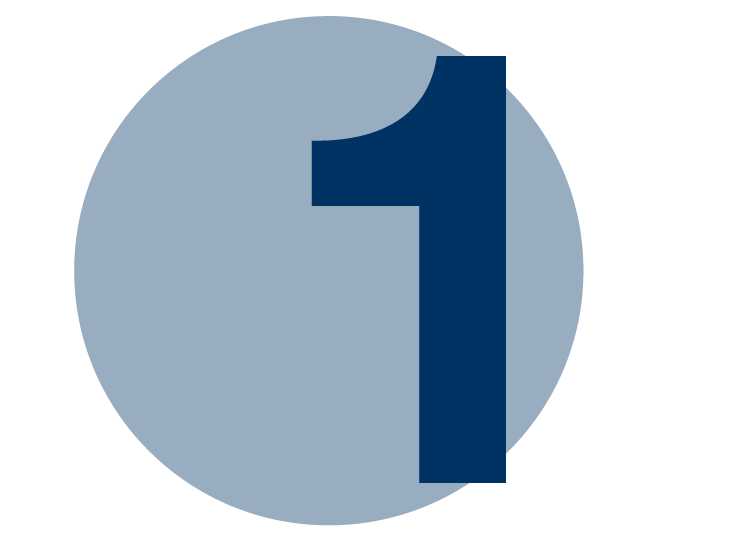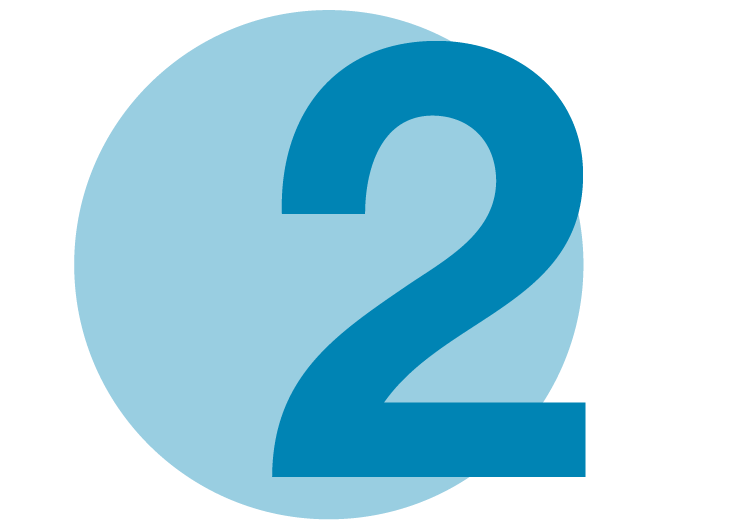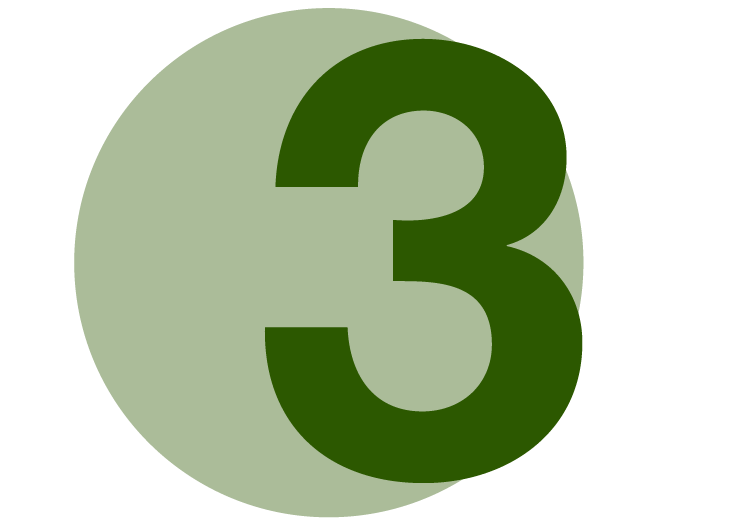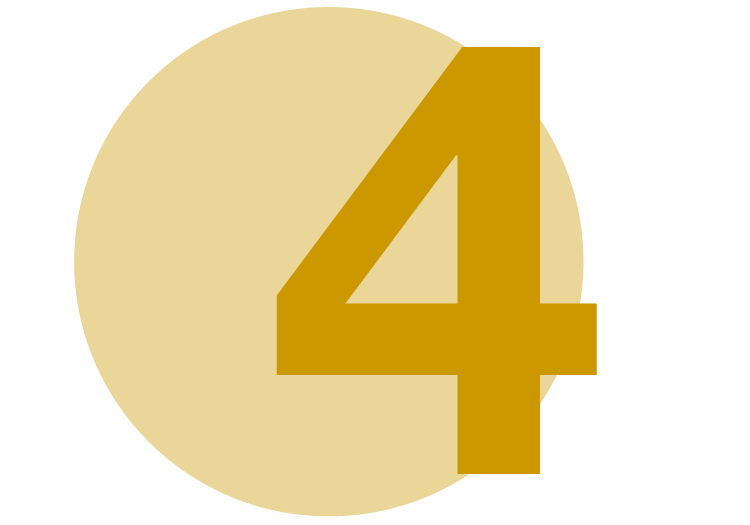Government mail service may be affected by the Canada Post labour disruption. Learn about how critical government mail will be handled.
Overview
Mathematics is a powerful tool used every day to solve real-world problems. In kindergarten to Grade 6, there is a focus on numeracy skills, which provides students with a solid foundation of mathematical knowledge. Numeracy skills support real-world pursuits, including managing time, using and managing finances, following instructions, understanding statistics, navigating with maps and reading schedules and statements.
Experiences with mathematics help students develop appreciation for the patterns and relationships that describe multiple aspects of the world and its future possibilities. With a focus on numeracy, the mathematics curriculum provides all students with a solid foundation of mathematical knowledge, understanding and skills to set them up for future success.
In grades 7 to 9, students connect concrete experiences to their comprehension of abstract concepts. Students apply their knowledge of number facts to operations with various types of numbers, including natural, integer and rational numbers, when using commonly recognized algorithms.
In developing algebraic thinking skills, students transfer their understandings of properties of numbers to new contexts. They communicate by using conventional mathematical symbols, notation and vocabulary. Students build an understanding of geometric properties, theorems and formulas, enabling them to recognize complex relationships, solve real-world problems and propose innovative solutions. Through mathematics, students develop logical thinking skills that support effective decision making in a variety of situations.
Studying and mastering mathematics can lead to jobs in computer science, construction, artificial intelligence, teaching, engineering and many other fields.
Learn more (updated August 2025)
- How to use new LearnAlberta (video)
- Read the K to 6 curriculum and draft 7-9 curriculum on new LearnAlberta
- Download the K to 6 curriculum fact sheets
- Download the draft 7 to 9 curriculum fact sheet
Draft 7 to 9 mathematics curriculum
Current and draft curriculum comparison
The following table shows how elements in the current 7-9 mathematics curriculum, updated in 2016, compare to elements in the draft 7-9 mathematics curriculum. The comparison provides examples and does not represent all the changes that were made.
| Current curriculum (2016) examples | Draft curriculum (August 2025) examples | |
|---|---|---|
| Real numbers | Students learn about rational numbers but do not explore absolute value or scientific notation. | Students learn about irrational numbers, sets, and notation to better understand numbers. Students are introduced to absolute value and scientific notation to deepen understanding of the magnitude of numbers. |
| Equations and inequalities | Students solve linear equations and inequalities. | Students learn to solve quadratic equations and linear inequalities to increase understanding of multiple solutions. Students are introduced to set builder notation to communicate mathematical understandings. |
| Polynomial expressions | Students add, subtract, multiply, and divide polynomials. | Students are introduced to identities to support strategies of expanding and factoring polynomials. |
| Geometric objects | Students construct perpendicular lines and angle bisectors. | Students use symbols and symbolic notation to communicate relationships among angles, lines and objects. |
| Theorems | Students explore the Pythagorean theorem. | Students are introduced to additional theorems, including angle theorems and triangle properties, to strengthen mathematical reasoning and problem-solving skills. |
| 2-D and 3-D shapes | Students explore area and volume of 3-D shapes. | Students explore volume of composite 3-D shapes and calculate surface area and volume of pyramids to expand on their spatial and proportional reasoning. |
| Functions | Students are not introduced to functions. | Students develop knowledge of functions and their characteristics to support understanding of the relationship between variables. |
| Data collection, interpretation, and representation | Students learn about factors that influence data collection. | Students interpret sample data by analyzing distributions, focusing on shape and spread through graphical representation. |
| Probability | Students solve problems involving independent events. | Students explore how multiple events influence probability and use representations to visualize and analyze probabilities. |
Snapshot by grade
The snapshot below provides an overview of some of the content students explore in each grade.
-
 Kindergarten
Kindergarten- Count and represent quantities within 10
- Recognize 2-D and 3-D shapes in the environment
- Compare objects by length, area, weight, and capacity
- Order a sequence of events according to time
-
 Grade 1
Grade 1- Recall addition number facts to a sum of 20 and related subtraction facts
- Compare and sort 2-D and 3-D shapes
- Order objects according to length, area and capacity
- Identify cycles of time from nature and calendars
-
 Grade 2
Grade 2- Add and subtract numbers within 100
- Sort shapes and describe the sorting rule
- Measure length in centimetres
- Describe durations of time in days, weeks, months, or years
- Collect and graph data
-
 Grade 3
Grade 3- Add and subtract numbers within 1000 using standard procedures (algorithms)
- Recall multiplication number facts to 10 x 10 and related division facts
- Recognize parallel, perpendicular, and equal sides in 2-D shapes
- Measure length using metric units
- Tell time using analog and digital clocks
-
 Grade 4
Grade 4- Add and subtract numbers within 10,000 including decimal numbers, using standard procedures (algorithms)
- Multiply and divide 3-digit natural numbers by one-digit natural numbers, using standard procedures (algorithms)
- Classify quadrilaterals and triangles using angle and side measurements
- Measure and calculate the area of rectangles
- Represent and interpret data in various graphs
-
 Grade 5
Grade 5- Add and subtract numbers within 1,000,000 including decimal numbers, using standard procedures (algorithms)
- Multiply 3-digit natural numbers by two-digit natural numbers, using standard procedures (algorithms)
- Add and subtract fractions with common denominators
- Write and evaluate algebraic expressions
- Classify shapes using symmetry
- Calculate area and perimeter of rectangles
-
 Grade 6
Grade 6- Add, subtract, multiply and divide using standard procedures (algorithms) to solve problems
- Multiply fractions by natural numbers
- Calculate area and volume
- Solve algebraic equations
- Collect, graph and interpret data
-
 Grade 7
Grade 7- Add, subtract, multiply and divide integers.
- Multiply and divide fractions.
- Solve equations with algebraic terms on both sides.
- Investigate circles and volume of prisms and cylinders.
- Interpret domain and range of functions.
- Calculate theoretical and experimental probability.
-
 Grade 8
Grade 8- Add, subtract, multiply and divide rational numbers.
- Classify and simplify polynomials.
- Solve linear equations involving rational numbers.
- Explore surface area of 3-D shapes, using 2-D models.
- Investigate slope of linear functions.
- Use bar graphs and histograms to represent the shape of a distribution.
-
 Grade 9
Grade 9- Represent sets of real numbers.
- Expand and factor polynomials.
- Solve linear inequalities and simple quadratic equations.
- Use function and set-builder notations to define and analyze linear functions.
- Use box plots to represent the spread of a distribution.
- Determine probability of mutually exclusive and non-mutually exclusive events.